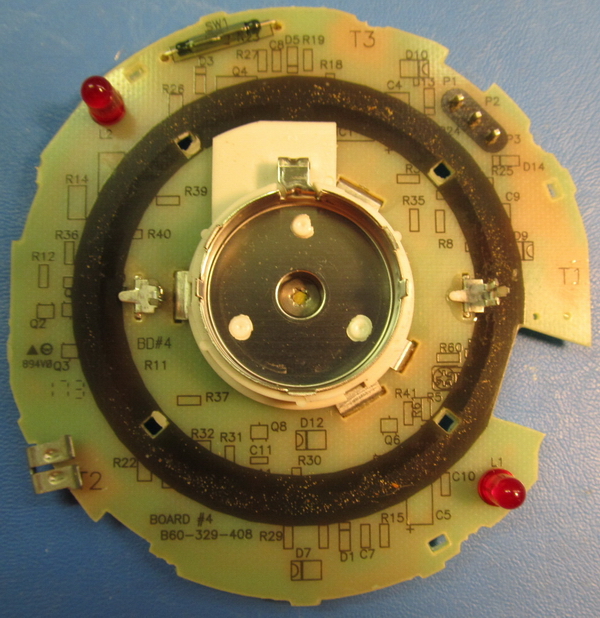Radiation
The radiation monitor system uses two Blackcat Systems GM-10 detectors setup with a 2-channel anti-coincidence monitor. The GM-10 contains a thin window geiger-mueller tube, which detects alpha, beta, gamma and x-ray radiation. When one of these high-energy particles enters the window, it is detected, counted and logged. The number of counts per minute is related to the amount of radiation present.
Click here for a real-time chart of radiation at Reeve Observatory
The 2-channel anti-coincidence monitor (ACM) checks the output from each detector. When one of the detectors indicates radiation, the ACM checks the other detector for an indication. This information is logged as 1) just one detector had an event or 2) both detectors had an event. The latter typically indicates detection of a cosmic ray.
Radiation detected by the GM-10 (one count is registered each time the detected radiation exceeds these thresholds):
-
Alpha: Above 3 MeV
-
Beta: Above 50 keV
-
Gamma / X-Ray: Above 7 keV
There are many sources of man-made and natural radiation, including fallout from nuclear tests and naturally occurring radon and cosmic rays. Some radiation always is present in the background. Measured background levels vary statistically and with the weather, local geology and the type of instrument used to measure them.
A simple experiment was performed with the sensor elements from four ionization smoke detectors (see photo below). Ionization smoke detectors have an ionization chamber with a source of ionizing radiation to detect smoke. The ionization source is a small amount of Americium-241, a radioactive element with a half-life of 432 years. It is a good source of alpha particles, and these alpha particles are detected by the GM-10.
The elements were removed from the smoke detectors and placed in a cardboard package. The package was then set in front of the GM-10 detectors at 1545 UTC and left there for about 55 minutes. The chart below shows close to 20 counts/minute prior to 1545, jumping to about 40 CPM and then decreasing back to 20 CPM when the elements were moved away.

 Ionization
smoke detector printed circuit board (PCB) with
Ionization
smoke detector printed circuit board (PCB) with
the radioactive sensor element in the middle. The PCB is
about 90 mm in diameter and the element housing is about
30 mm diameter.